LED Tubes
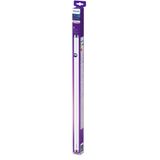

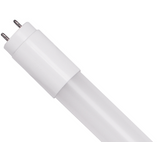
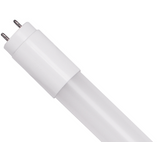

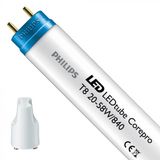

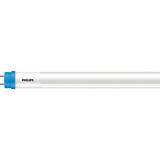
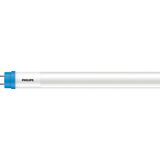
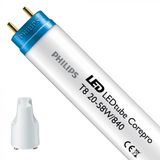
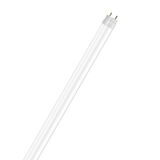

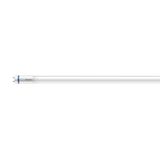
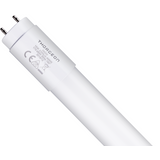

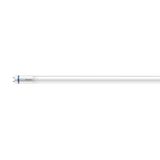
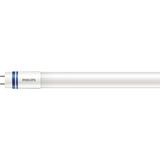


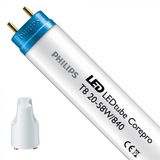
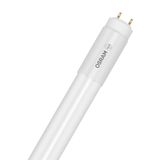
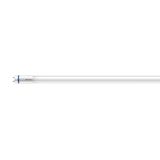

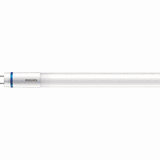


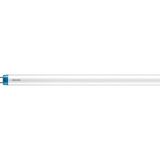

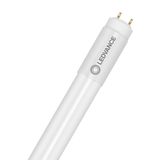

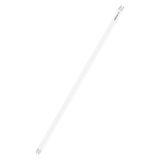
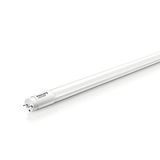

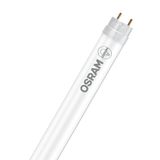
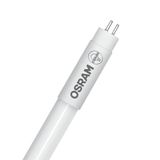

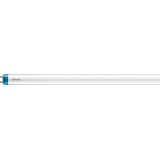




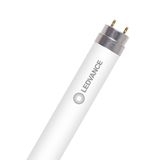
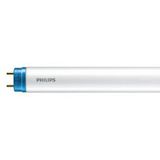


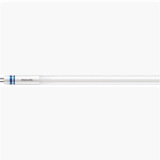
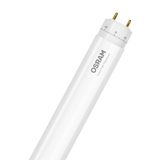

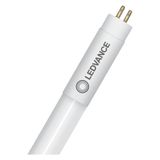
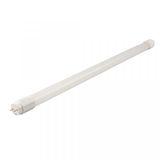

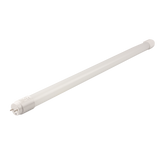
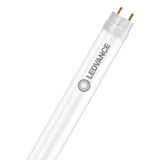
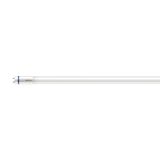
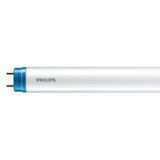
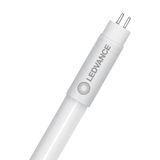
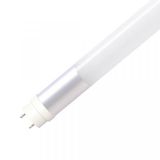


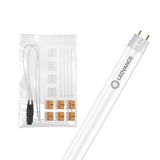
LED or LTD tubes are structurally sealed polycarbonate tubes used for perimeter lighting of structures and buildings. They are also used as decorative light sources for interior lighting, outdoor advertising and car illumination. There are a few recommendations for choosing these lighting devices, knowledge of which will help you install functional lighting where you need it.
The construction of a LED tube consists of a metal or ceramic housing, a board with LEDs, a base, a hemisphere made of transparent material (plastic) and a driver for energy conversion. The length of these products can vary from 30 to 150 cm or more.
LED tubes are resistant to mechanical influences, unaffected by voltage fluctuations, can operate in a wide range, and have a long service life: up to 2000 days without interruption. And if an LED diode fails, it can be replaced without having to change the whole tube. You can select the spectrum from cool to warm light. LED tubes also help you save electricity.
LED tube selection - how to choose?
LED tubes are divided according to their use. If you have to choose a led tube, you need to start with the purpose.
For the street, it's necessary to choose lights made from thermally conductive materials, so that light sources don't overheat under the effect of the sun, as well as models that are well protected from humidity and dust. For domestic use, less powerful, protected tubes are used. For offices or industrial premises, more powerful versions are suitable, as they can illuminate large spaces. They also offer other features, such as vandal-resistant construction.
When choosing this type of lighting, you should also pay attention to the technical specifications of the model and manufacturer.
Switching to LED neon lamps - self-replacement?
The LED neon lamp (Led-neon, Flex-neon) is a modern type of neon lighting, consisting of an LED strip and an insulating envelope made of polyvinyl chloride or silicone. It can be designed as a flexible strip, allowing you to adjust the length of the diode to your dimensions.
Before replacing your luminaire with a neon tube, please note the following points:
- 220 V cords, used for facade and interior lighting, are connected via power supplies supplied with the neon tube;
- 12 V neon for lighting vehicles and static objects, connected via a stabilizing device;
- flexible neon for moving objects, powered by batteries.
To replace the neon tube yourself, you'll need to read the instructions and bring along a few tools.
LED tubes for home and outdoor use
For outdoor use, we recommend high-power LED tubes with enhanced protection against moisture and dust. It's also important that the light source is made from thermally conductive materials and doesn't overheat in direct sunlight during the day.
For domestic use, it's better to choose less powerful models, for which reinforced protection against humidity and dust is not essential. However, it is important to comply with fire safety requirements. And if necessary, the LED fluorescent is replaced, while the housing remains in place, making the design almost eternal.
How can LED tubes be installed independently in existing luminaires?
When installing luminaires, it's important to observe the following safety rules:
- LED tubes should only be installed when the power supply is switched off;
- if the luminaire is not connected to the 220V mains supply, it must be connected via a power supply unit (usually included in the kit);
- the luminaire is installed taking into account the total energy consumption, which is specified in the luminaire instructions;
- dry hands are mandatory during installation;
- to ensure that tube leds last longer, and to prevent overheating and fires, we recommend leaving enough space around them.
In rooms with high humidity, it's important to take into account the permissible temperature and humidity conditions when installing LED tubes. Luminaires designed for indoor use cannot be installed outdoors, and vice versa.
Types of LED tube bases
In industrial and residential premises, offices, stores, in advertising and decorative lighting, and in transport, LED neon tubes with G13 pin bases are generally installed. In the practice of lamp manufacturers, there is also a designation for T8 or T10 type lamps, as well as G13. This is the most common type of tubular lamp.
T8 lamps are manufactured in the form of tubes, which are fairly compact and practical in the operating process. Consumers can connect several separate tubes into a single model using special controllers.
Wholesale LED tubes at the best prices in France at
The company offers its wholesale customers advantageous conditions for ordering a high-quality long LED bulb of any model. More detailed information can be found on the official website. You can clarify the terms of cooperation by calling the telephone numbers shown on the home page or by filling in the feedback form. Our managers will contact you to clarify all the details. It is possible to take advantage of the loyalty program. You can order the desired product online yourself or with the help of our store specialists.







